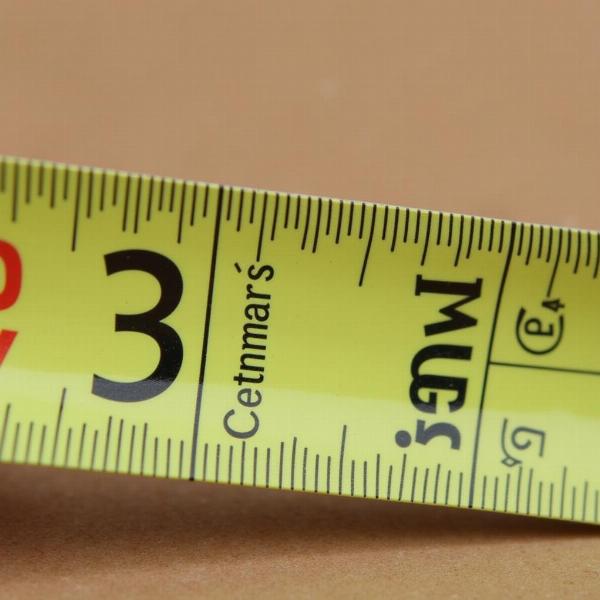Understanding the concept of “standard unit” is crucial for accurate measurements and effective communication. Whether you’re dealing with length, weight, volume, or other quantities, using standard units ensures consistency and avoids confusion. But what exactly does “standard unit” mean in Hindi? This article dives deep into the meaning, importance, and various types of standard units, providing a comprehensive guide for anyone seeking clarity on this fundamental concept.
What is a Standard Unit? (मानक इकाई क्या है?)
A standard unit (मानक इकाई – maanak ikai) is a fixed and universally accepted quantity used for measurement. It provides a common reference point, ensuring that measurements taken by different individuals, in different locations, and at different times can be compared accurately. Imagine the chaos if everyone used their own arbitrary units – a “handful” of rice could mean very different things! Standard units eliminate such ambiguity, providing a foundation for scientific accuracy and commercial fairness. They are essential in everyday life, from buying groceries to designing complex engineering projects.
Why are Standard Units Important? (मानक इकाइयों का महत्व क्या है?)
Standard units are the bedrock of scientific progress and technological advancement. They facilitate clear communication and collaboration among researchers, engineers, and businesses worldwide. Without standard units, comparing experimental results, sharing technical specifications, or conducting international trade would be incredibly challenging. For example, if an Indian manufacturer exports goods to the US, using standard units ensures both parties understand the precise dimensions and weight of the product.
Different Types of Standard Units (विभिन्न प्रकार की मानक इकाइयाँ)
Standard units cover a wide range of physical quantities. Here are some of the most common types:
-
Length (लंबाई – lambaai): The standard unit for length is the meter (मीटर – meetar). Smaller units include centimeters (सेंटीमीटर – sentimeetar) and millimeters (मिलीमीटर – milimeetar), while larger units are kilometers (किलोमीटर – kilometer).
-
Mass/Weight (द्रव्यमान/भार – dravyamaan/bhaar): The standard unit for mass is the kilogram (किलोग्राम – kilogram). Other units include grams (ग्राम – gram) and milligrams (मिलीग्राम – miligram).
-
Volume (आयतन – aayatan): The standard unit for volume is the liter (लीटर – leetar) or cubic meter (घन मीटर – ghan meetar). Milliliters (मिलीलीटर – milileetar) are commonly used for smaller volumes.
-
Time (समय – samay): The standard unit for time is the second (सेकंड – sekand). Minutes, hours, days, and years are also standard units, although they are not based on the decimal system like other SI units.
-
Temperature (तापमान – taapmaan): The standard unit for temperature is Kelvin (केल्विन – kelvin). Celsius (सेल्सियस – selshiyas) is also widely used.
Standard Units in Everyday Life (दैनिक जीवन में मानक इकाइयाँ)
We encounter standard units constantly in our daily lives. When we buy milk, it’s measured in liters. When we check our weight, it’s measured in kilograms. When we measure fabric for clothing, it’s measured in meters. These standard units ensure fairness in transactions and allow us to communicate effectively about quantities.
Standard Units and the SI System (मानक इकाइयाँ और एसआई प्रणाली)
The International System of Units (SI), also known as the metric system, is the most widely used system of measurement worldwide. It provides a coherent and logical framework for all physical quantities, based on seven base units. Understanding the SI system is crucial for anyone working in science, engineering, or international trade.
What if we didn’t have Standard Units? (अगर हमारे पास मानक इकाइयाँ नहीं होतीं तो क्या होता?)
Imagine trying to build a house without standard units. How could the architect communicate the dimensions to the builders? How could the builders ensure the walls were straight and the rooms were the correct size? Standard units are essential for precision and accuracy in all aspects of construction and manufacturing.
Frequently Asked Questions (अक्सर पूछे जाने वाले प्रश्न)
- What is the Hindi word for standard unit? The Hindi word for standard unit is मानक इकाई (maanak ikai).
- Why are standard units important in science? Standard units ensure that scientific measurements are accurate, comparable, and reproducible.
- What is the SI unit for length? The SI unit for length is the meter (मीटर – meetar).
- What is the SI unit for mass? The SI unit for mass is the kilogram (किलोग्राम – kilogram).
- What is the SI unit for time? The SI unit for time is the second (सेकंड – sekand).
- What is the difference between mass and weight? Mass is the amount of matter in an object, while weight is the force of gravity acting on that mass.
- Where can I find a complete list of SI units? You can find a complete list of SI units on the website of the International Bureau of Weights and Measures (BIPM).
 Measuring Tape with Hindi Labels
Measuring Tape with Hindi Labels
Conclusion
Standard units are fundamental to accurate measurement and clear communication. From everyday transactions to complex scientific research, understanding and using standard units is essential. This article has explored the meaning of standard unit in Hindi (मानक इकाई – maanak ikai), highlighting its importance and various applications. By embracing the concept of standard units, we can ensure precision, facilitate collaboration, and drive progress across various fields.
Meaning-Hindi.in is your trusted partner for professional Hindi translation services. We offer a comprehensive range of translation solutions, including business and commercial document translation, certified and legal document translation, technical and user manual translation, website and localization services, educational and academic document translation, and express translation services. Contact us today at [email protected] or call us at +91 11-4502-7584. Meaning-Hindi.in is committed to providing high-quality, accurate, and culturally sensitive translations to bridge the language gap and connect you with your target audience.